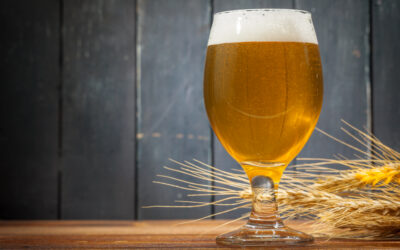In order to try to help people make sense of the world of beer styles that have been revived, recreated, devised or otherwise conjured up in the last few decades, we have divided the whole of beer into six major groups.
Lagers are shown as “industrial” or “authentic”, depending on how they are made. Ales appear as “session strength”, “sampling strength” and “sipping strength”, to reflect their purpose and their alcohol content. Finally, we have a group of special styles, which includes stouts & porters, wheat beers, farmhouse ales and various others.
Within these groups individual beer styles bring together a narrower range of beers with more specific characteristics, many of which share historical or geographical origins.
Successful styles will often develop different forms, retaining core characteristics but changing details such as strength, colour, grain profile, hop character, or preparation. Where these have become well-established, we list them as sub-styles.
It should be possible for even a fairly inexperienced beer drinker to pick out some of the common themes among beers of the same style or sub-style.
Where a style or sub-style of beer shares characteristics with others, we have given it one principle listing and cross-referenced that from others.





